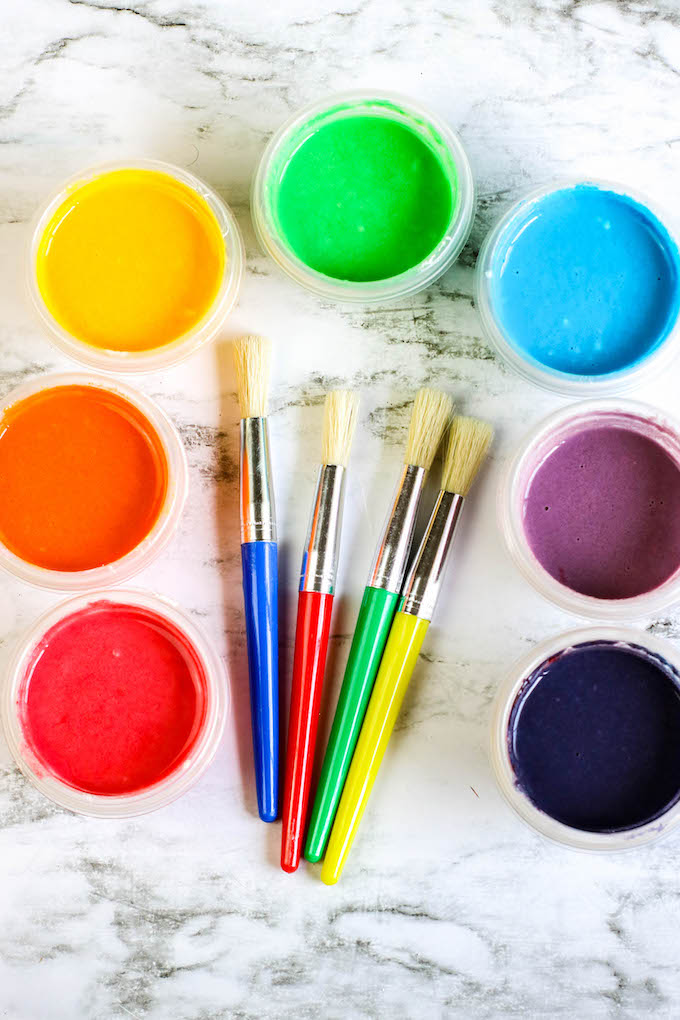

Unretouched Women is at the Rencontres d’Arles until 22 September. Which is the more honest self-portrait, it seems to ask: my face, or the stuff I’m expected to put on it because of my gender? In the era of the #nomake-up selfie, it’s a question we’re asking still. Looming large at the bottom of the frame – far larger, in fact, than Heyman’s head – are a clutter of beauty products, creams, gels and powders. Because of the angle she’s taken the photograph from, her features are tiny, half cut-off by the mirror.

One of her most reproduced images is of her own face caught in the bathroom mirror in an expression of surprise. Somehow, it’s the photographs Heyman took of herself – a feminist photographer’s perspective on her own experience as a woman – that speak loudest to the exhibition’s theme. A picture of schoolgirls in uniform tartan skirts catches one girl in pigtails separated from the rest of the pack: legs planted wide with a fearsome expression on her face, she stands defiantly alone, determined not to go along with the crowd.

A picture taken at the Houston Livestock Fair in 1970 is a droll essay in gender expectations: three men in sober slacks and blazers clustered around a woman wearing a ten-gallon hat, knee-high boots and the shortest of shorts (one wonders what would have happened if the dress codes had been reversed).Įqually often, though, those expectations are turned on their head. One of Heyman’s photographs is a group shot of a beauty pageant in the Deep South of the US: six teenage girls, impeccably preened and perched on folding chairs, looking bored out of their skulls by the experience – as well they might.
Photo pof paintbrush divide full#
Born in Philadelphia in 1912, Arnold shattered nearly every glass ceiling placed in her way: one of the first full members of the prestigious Magnum photo agency in the late 1950s, she managed to make a career as an independent photojournalist in an era when that trade was almost exclusively male (she once observed that “it’s the frustration that drives you”).Īs well as the simple beauty of these photographs – shot in a luminous black-and-white that, in Arles, seems to leap off the walls – they’re full of sly irony. “That’s why the project was so interesting to me, in a way.”Įve Arnold’s pictures are revealing in a different sense. “I was like them and not like them,” she says. Meiselas says, as a women watching these women, she felt it too. For all the tattiness of the fairs, what comes through is the sense of a close backstage community – solidarity, perhaps sisterhood. Yet elsewhere you sense something more defiant: a sense that these women are attempting to control how we look at them (Meiselas made sure to share her contact sheets with her subjects, often asking them to choose which pictures they liked). A shot of Lena undercuts – or at least complicates – her words about revolution by depicting her after the show, naked and plainly exhausted, pressing a towel to her face in what looks like desperation.

One says that performing is her path to financial independence another that the carnival has given her a home when she had nowhere else to go.Ĭomplexity is everywhere you look. Yet Meiselas finds nuance in the biographies of the women who danced, along with remarkable amounts of self-awareness and courage. We might expect a sob story – a tale of exploited, objectified women in an exploitative, objectifying industry. Yet perhaps the most remarkable thing about the work is that Meiselas gives the story a complicating twist. Unsparing but sympathetic, both humane and abjectly sad, it showed a world many at the time preferred to ignore: one in which women danced nude for handfuls of dollars, in tawdry, spit-and-sawdust tents erected in one-horse towns. The book Meiselas eventually produced, Carnival Strippers (1976), has become a classic. La Movida: Spain’s wild party after Fascism April Dawn Alison: Photos that reveal a secret identity Why Cindy Sherman’s photos are so mysterious In order to blend into the crowd and get the shots she needed, she sometimes dressed like a man. She also recorded hundreds of hours of interviews. Over the course of three summers, she haunted the fairgrounds, befriending dancers and sneaking backstage to capture what their lives were really like. Travelling around New England, she’d encountered the country fairs that toured rural parts of the northeastern US many had a ‘girl show’ tent, where women danced in striptease acts. The US photographer Susan Meiselas first began shooting women who took their clothes off for a living in 1972, when she was in her mid-20s.


 0 kommentar(er)
0 kommentar(er)
